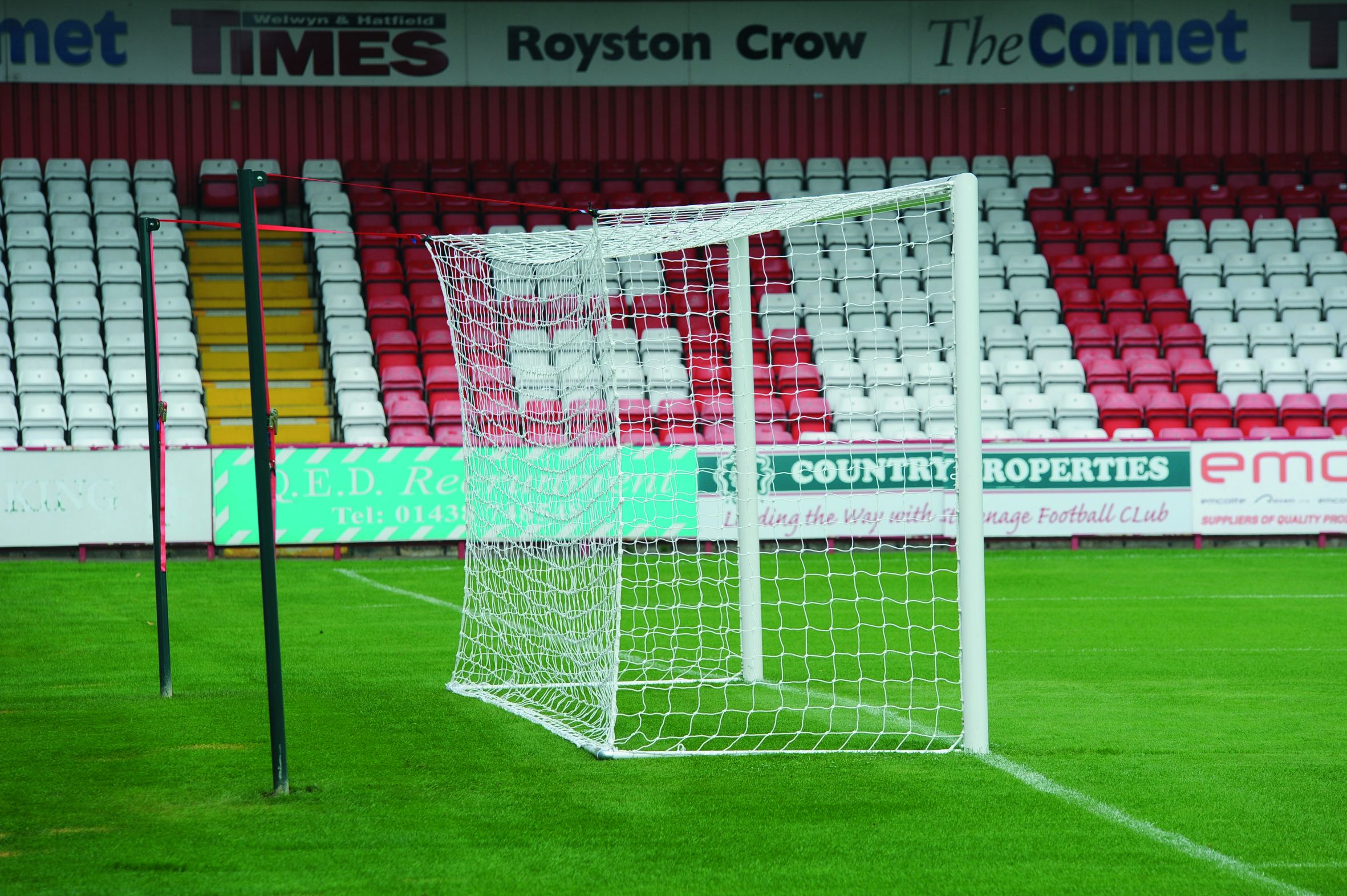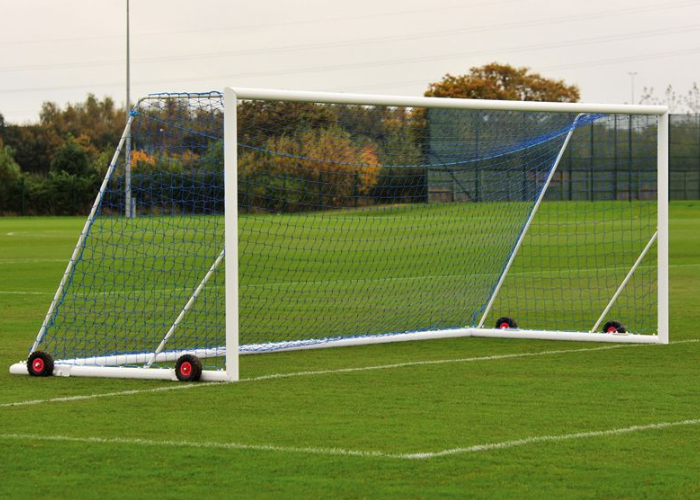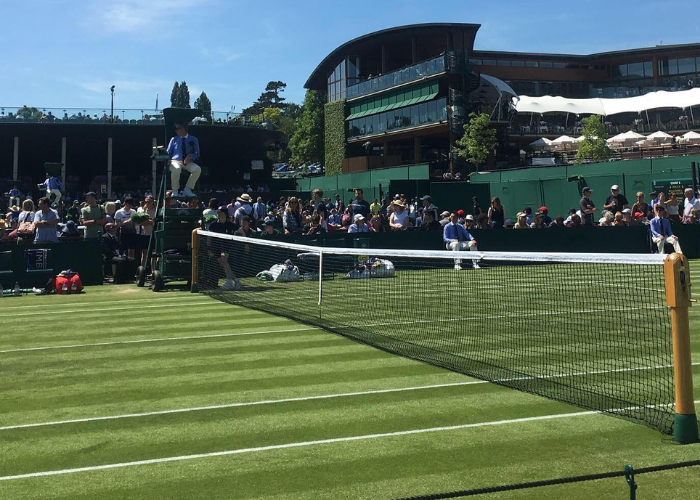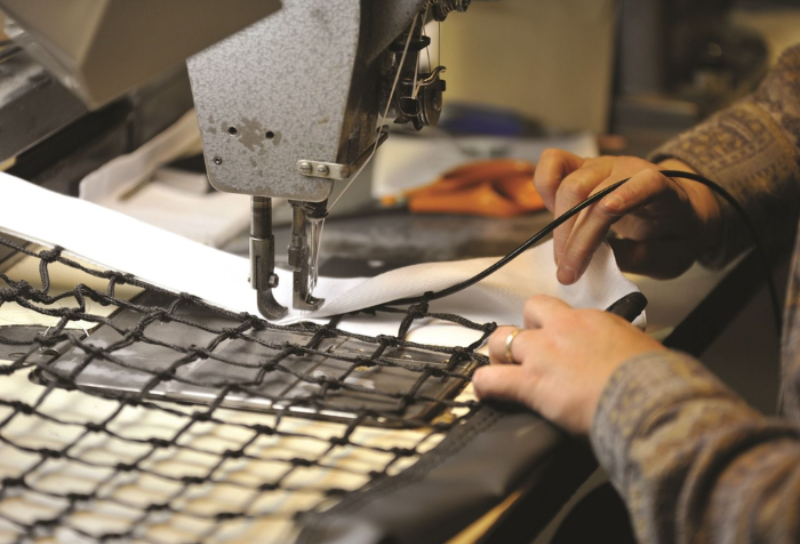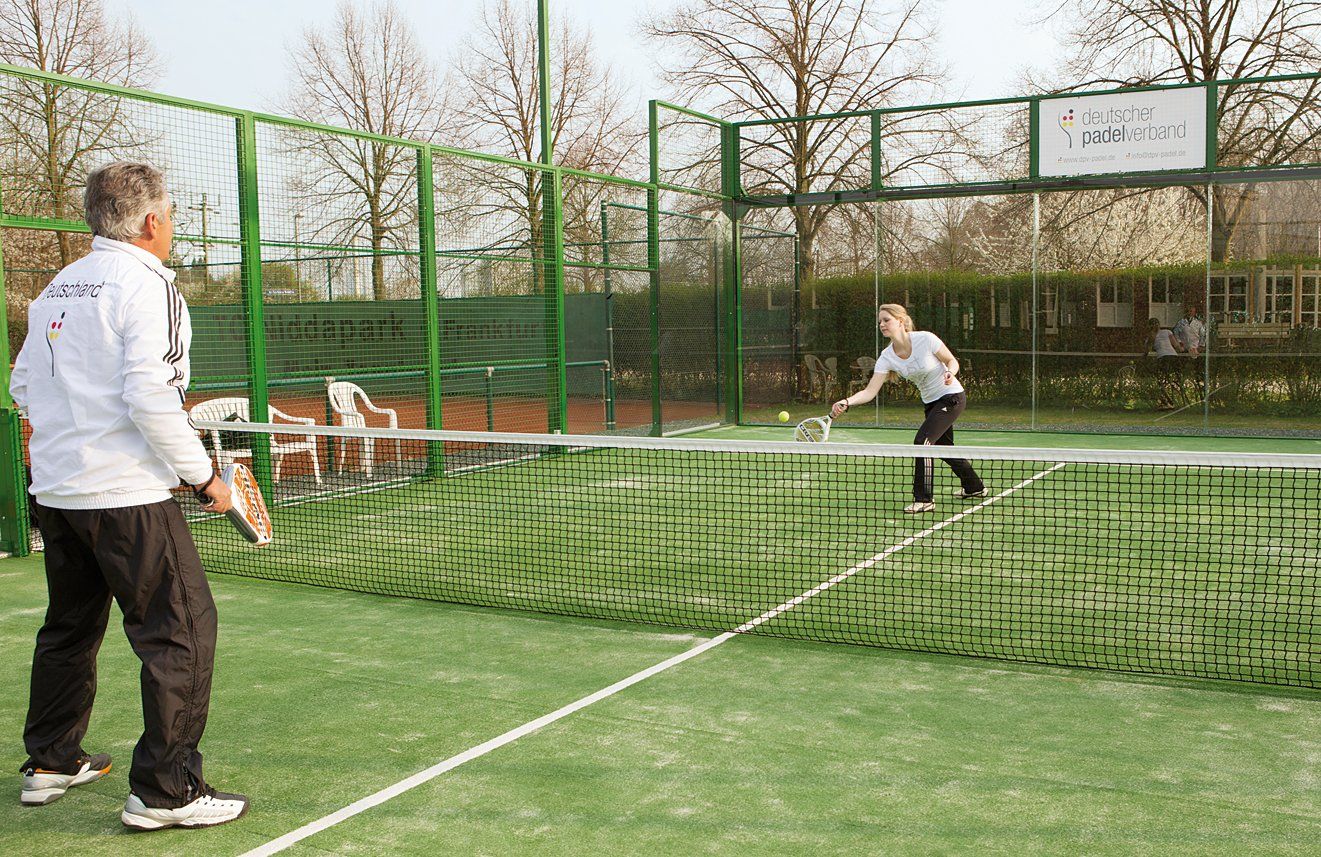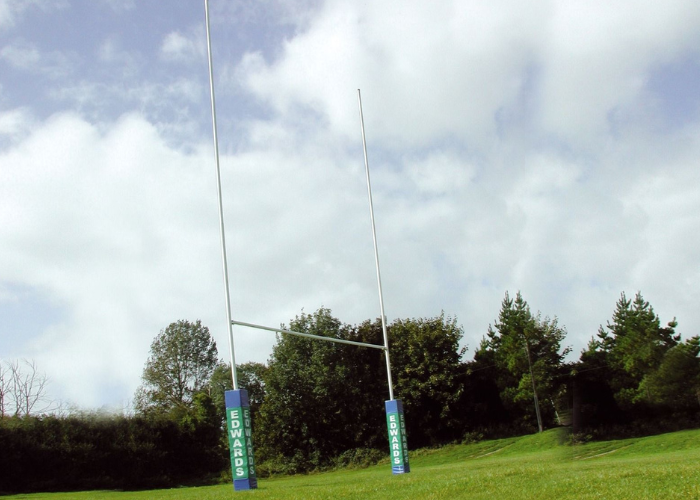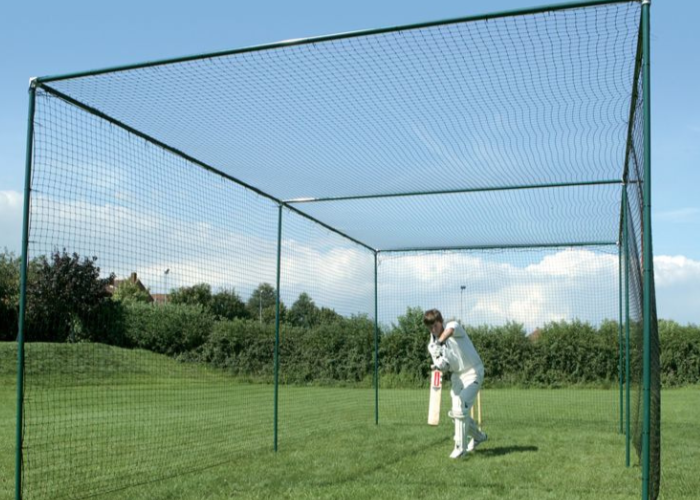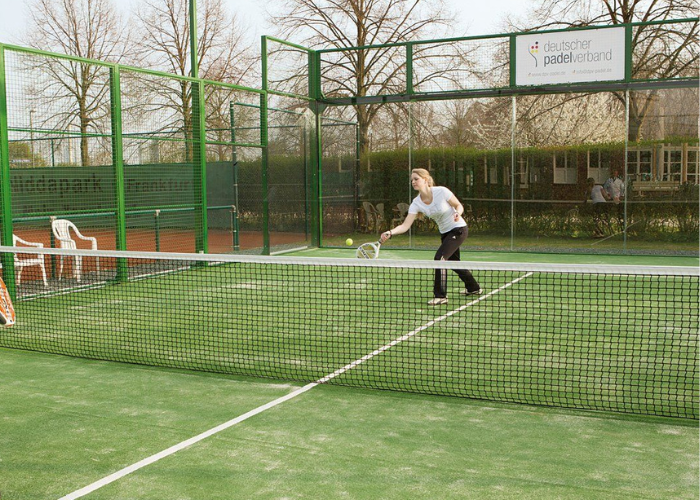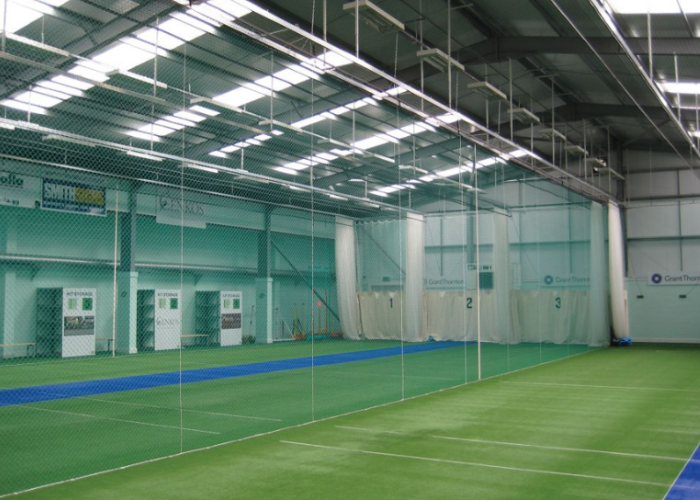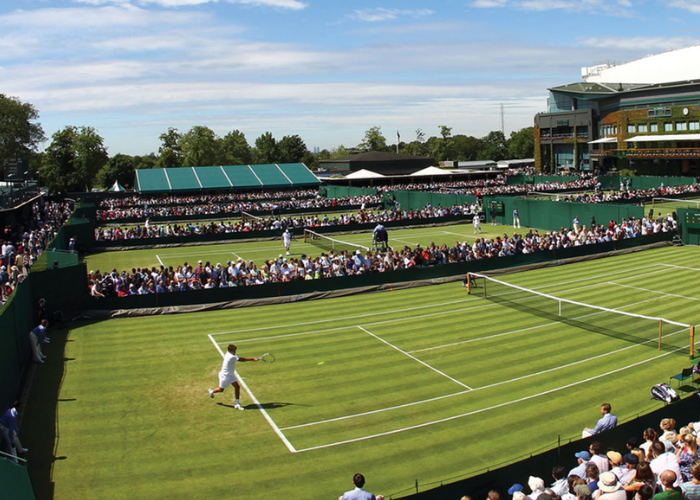We use cookies to make your experience better. To comply with the new e-Privacy directive, we need to ask for your consent to set the cookies. Learn more.
Edwards Sports Complete Guide to Padel Court Dimensions
- Admin
- Blog Posts
- 23 Apr 2024
-
357views
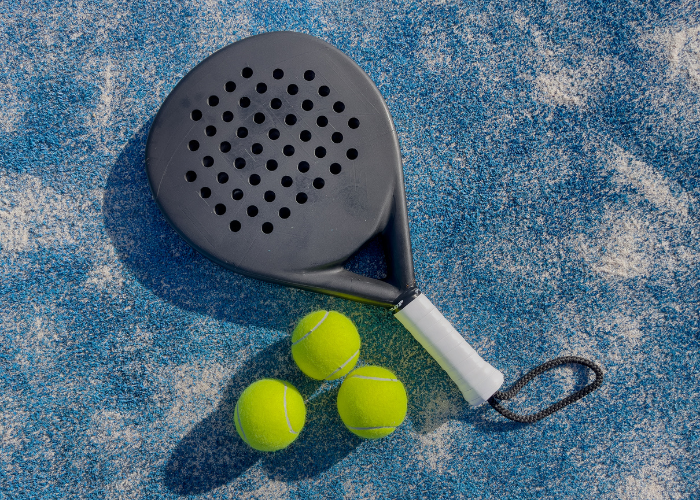
Learn about the FIP padel tennis court dimensions in our simple guide, including a breakdown of the court & considerations when constructing a new court.
Although padel is a very similar sport to tennis, the regulations surrounding it are different, especially regarding the dimensions of the padel court.
If you're looking to install a padel tennis court at your school or sports centre, our guide to padel court dimensions can help you gain an understanding of the necessary measurements and regulations to ensure a proper playing surface for your members or students.
Padel Tennis Court Key Dimensions
As with any sport, there are certain dimensions decided by the sport's governing body that need to be adhered to if you want your court to be used for tournament games or as a training space for serious athletes.
The Lawn Tennis Association (LTA) have an in-depth PDF about padel court data, but here are the key dimensions your padel tennis court needs to adhere to.
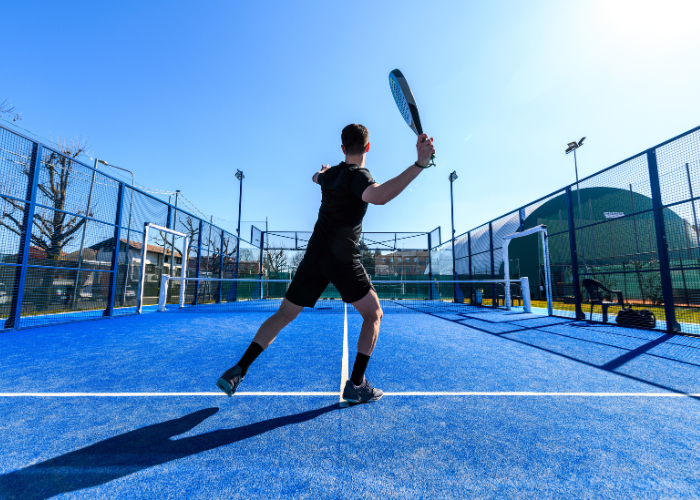
Playable Court Dimensions
The International Padel Federation (FIP) defines the playable area of a padel court. Official measurements and dimensions are 20 meters in length and 10 meters in width.
This design creates a rectangular space perfectly tailored for fast-paced rallies, emphasising both speed and strategy in the sport.
This specific padel court size ensures players have enough room to manoeuvre and execute a wide range of shots, making the game both challenging and enjoyable.
|
Courts that don't adhere to FIP dimensions can still be played on by casual players, but they aren't useful for serious training and cannot be used for competitive matches. |
Surrounding Enclosure & Rebound Wall Dimensions
The rebound walls – an integral part of the game – are required to meet specific guidelines to maintain uniformity across competitive play.
According to the specifications set by FIP, the perimeter side walls must be a minimum of 3 meters in height for the first 4 meters adjacent to the net and can descend to a minimum height of 2 meters for the remaining length of the court.
The back walls should consistently stand at 3 meters high.
This structure facilitates the unique rebounds and bounces characteristic of padel, adding layers of strategy to the game.
All walls of the court should be constructed of solid materials that allow for a predictable and uniform rebound of the ball, enhancing the fairness and competitiveness of the game.
These dimensions and materials ensure that athletes can expect a consistent playing experience, whether in practice or tournament play.

Line Markings Dimensions
These lines distinguish the in-play area and are essential for making accurate calls during a game.
The lines defining the play area should be 5 centimetres in width and visible in a contrasting colour to the court's surface to ensure they are easily distinguishable during play.
The service lines are located at a distance of 3 meters from the back wall, parallel to the net, effectively dividing the court into two equal sections.
A central service line, also 5 centimetres in width, runs perpendicular to the net and service lines, dividing each service box into two equal parts. This central line is essential for determining valid service during a game.
All lines must be made from the same materials and coloured in a consistent manner to prevent any discrepancy in visibility.
Padel Court Height Clearance
To ensure unobstructed ball flight and maintain the integrity of the game, the FIP also specifies a regulation amount of clearance required above a padel court.
The minimum height clearance from the playing surface to any overhead obstruction is formally set at 6 metres. This includes any fixtures or structural elements such as court lighting, roof beams, or indoor ceilings. A clearance of 8 metres is encouraged for new court constructions.
This clearance guarantees that players' lob shots – a crucial aspect of padel strategy – can be executed without interference from the surrounding environment.

Padel Net Height
According to the standards set by FIP, the padel tennis net must stretch across the entire width of the court, measuring 10 meters to match the court’s width.
It should be suspended by a metal cable with a maximum diameter of 0.01 metres, which ensures the net remains taut during play.
The net height is rigorously specified, standing at 0.88 meters in the centre and rising to 0.92 meters at the posts on either side of the court. This slight height variation allows for a diversity of playing styles and strategies.
Constructing a Padel Court
When building a padel court, there's more to think about than just the dimensions you need to build it to adhere to FIP regulations.
Here are some other important considerations to take into account before going ahead with building your court.
Planning Consent
Obtaining planning permission is a crucial step in the process of constructing a padel court in the UK.
Governmental approval is required to ensure that any new construction, including sports facilities, meets specific land use and building regulations established by local authorities. Before construction can commence, you must submit a planning application to your local council for review.
The application will be assessed against several criteria, including:
- Environmental impact
- Community benefit
- Adherence to local planning policies.
- Potential for noise and light pollution
- Whether the design fits within the landscape and character of the local environment
In some cases, you may also need to consult with neighbours or community groups as part of the planning application process.
Successfully navigating the planning permission process is vital for legally constructing a padel court.
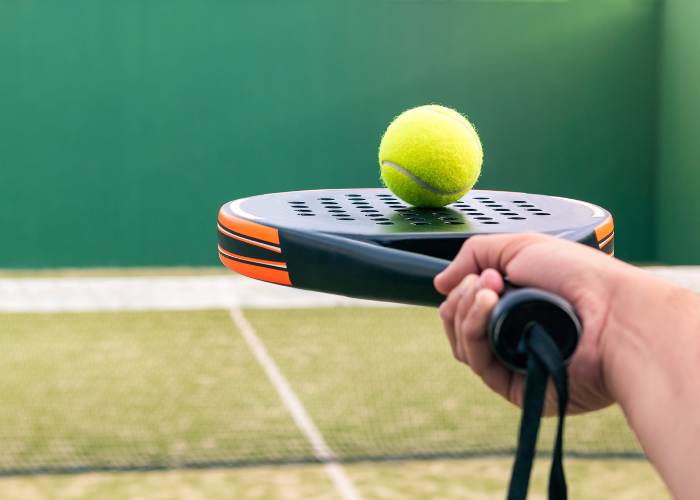
Green Field Site Vs Existing Tennis Court
When considering a padel court construction project, the choice between building on a greenfield site and converting an existing tennis court can significantly impact the planning permission process.
Green Field SiteConstructing on a green field site, which refers to undeveloped land, typically encounters more stringent scrutiny. Planning authorities' primary concerns are the environmental impact and the change of land use from agricultural or undeveloped status to recreational. Building on a green field requires a detailed assessment of how the development affects local wildlife, landscape aesthetics, and the broader environment. Such projects might face opposition from local communities or environmental groups who wish to preserve green spaces. |
Existing Tennis CourtOn the other hand, converting an existing tennis court into a padel court may streamline the planning permission process, as the land is already used for recreational purposes. The infrastructure for sport is in place, possibly requiring fewer changes to the landscape or environment. However, adjustments to lighting, fencing, and surface materials will still be evaluated for their impact on the surrounding area. Previous planning conditions that influenced the approval process for conversion projects might also affect existing sports facilities. |
In both scenarios, applications must demonstrate how the development aligns with local planning policies, considering aspects like accessibility, community benefit, and sustainability.
Depending on the location and specific circumstances, planning authorities may impose conditions to mitigate potential issues such as noise and light pollution.
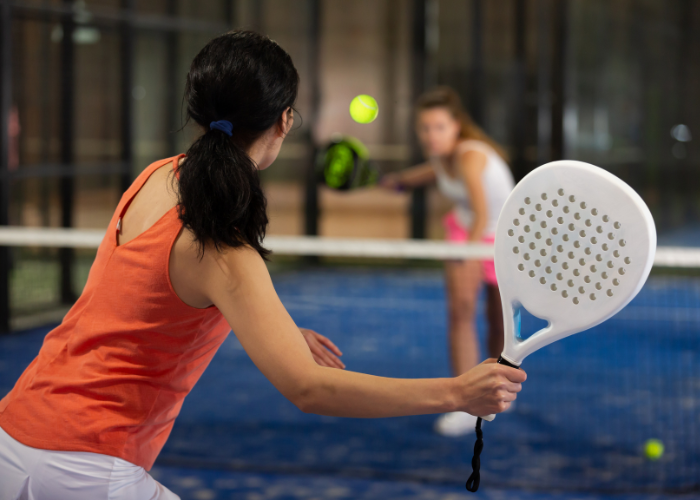
Final Thoughts: Getting Your Padel Court Dimensions Right
Ensuring your padel court dimensions adhere to the standards set by the International Padel Federation is crucial for fostering a competitive and enjoyable environment.
By adhering to these guidelines, facility owners can provide athletes with the ideal conditions for both training and competition, thereby enhancing the sport's overall experience.
To learn more about Padel tennis courts, check out our in-depth guide, Padel Tennis Courts 101: The Full Lowdown.
FAQs
Can You Convert a Tennis Court to a Padel Court?
Yes, tennis courts can be converted into padel courts. This process requires adjusting the surface dimensions, adding walls, and installing a padel net to meet specific padel court standards. This conversion allows for a more versatile use of existing sports facilities.
What is the Lifespan of a Padel Court?
The lifespan of a padel court largely depends on the quality of materials used and regular maintenance. On average, a well-maintained padel court can last from 10 to 15 years before needing significant repairs or resurfacing.
What is the Size of a Padel Court?
A padel court should be 10 meters wide and 20 meters long, with a total playing area of 200 square meters.






